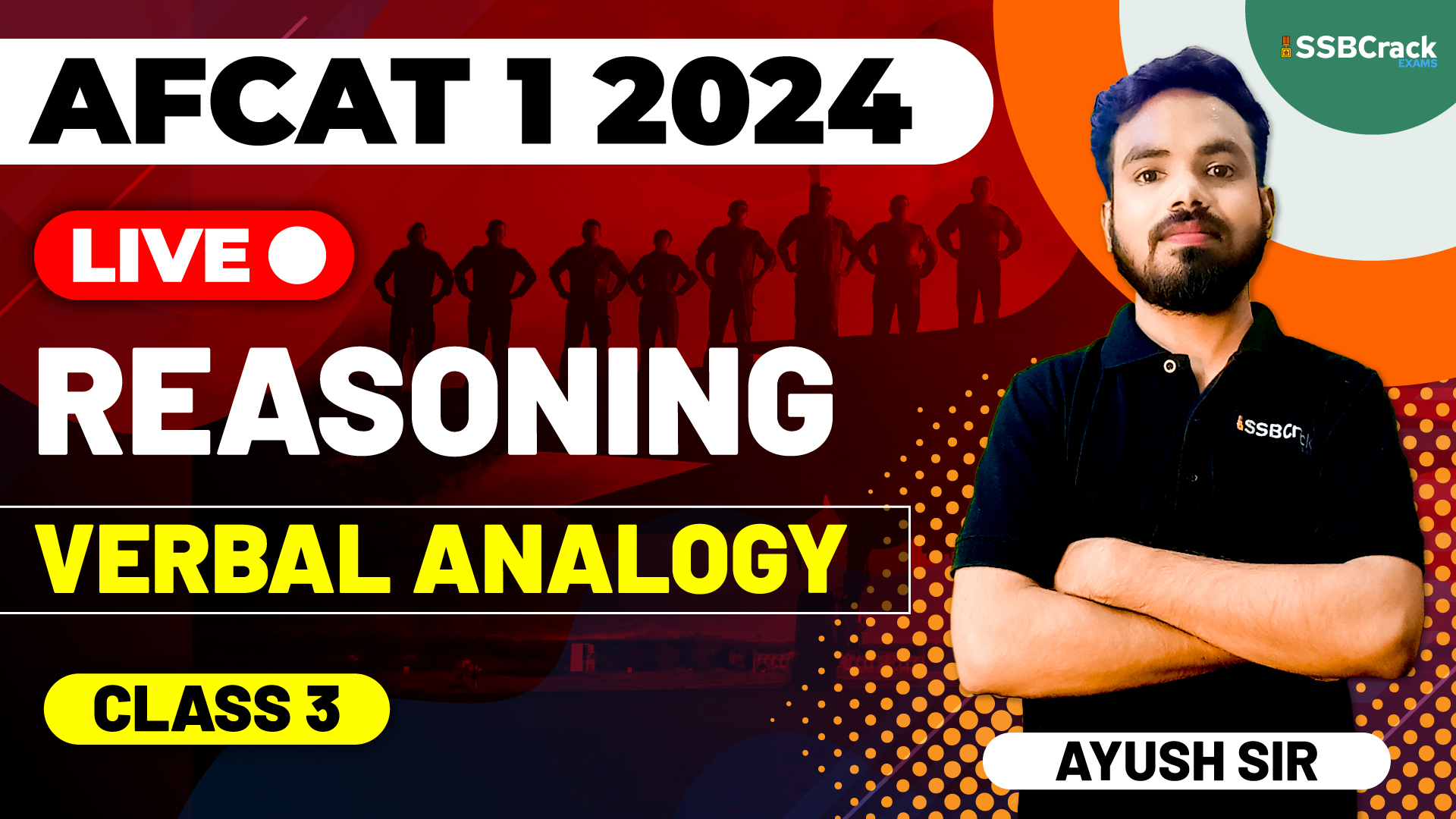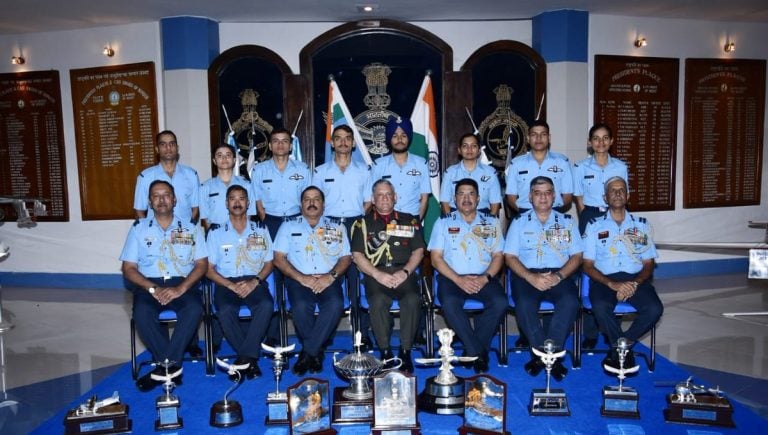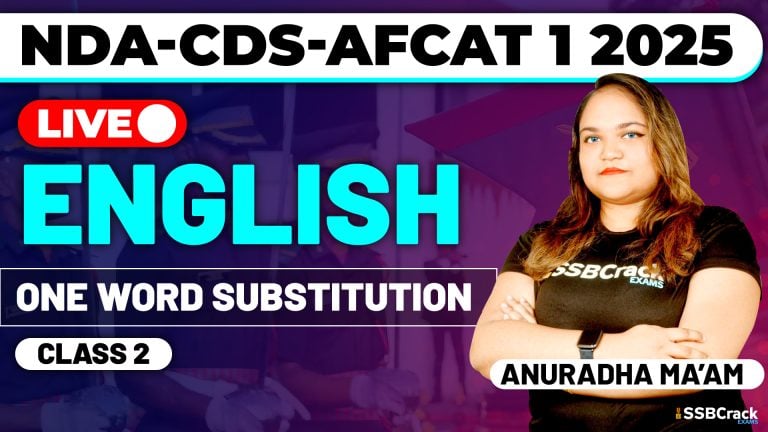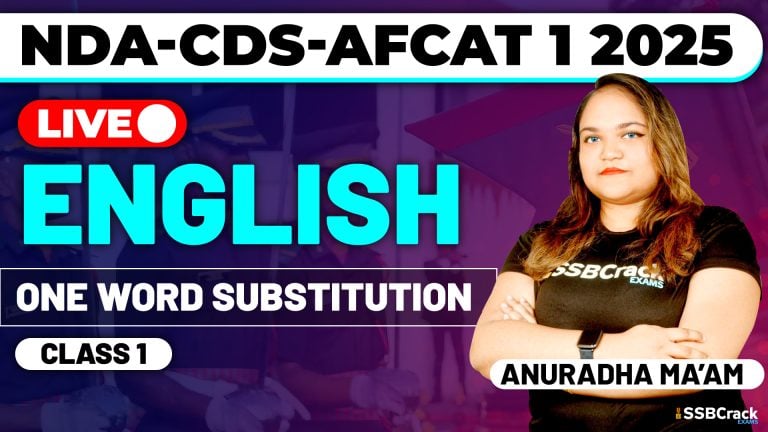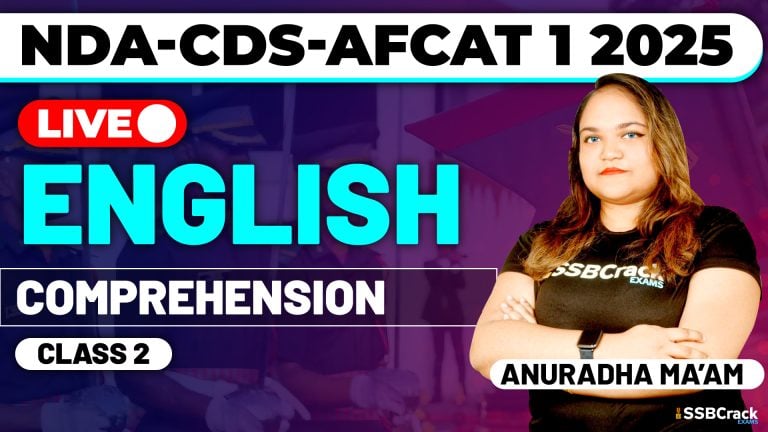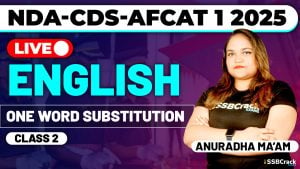The AFCAT (Air Force Common Admission Test) and CDS (Combined Defence Services) exams are rigorous and highly competitive examinations for individuals aspiring to join the Indian Air Force and other branches of the Indian Armed Forces. The Reasoning section of these exams is a vital component, and one of the key areas within this section is Verbal Analogy. In this article, we will explore the essential concepts of verbal analogy and its various types, including word analogy, number analogy, alphabet analogy, and mixed analogy. Furthermore, we will provide insights into real-world examples from previous years, helping you prepare for the AFCAT-CDS 1 2024 Exam.
Understanding Analogy
Analogy is a cognitive process that revolves around identifying similarities and relationships between different sets of words, objects, or concepts. Within the context of the AFCAT and CDS exams, verbal analogy requires candidates to recognize the relationship between two sets of words and then apply the same relationship to another set of words. To succeed in this section, it is imperative to comprehend the different types of verbal analogies and practice them thoroughly.
Types of Verbal Analogy
1. Word Analogy
Word analogy necessitates identifying relationships between pairs of words and applying the same relationship to a new pair of words. In the AFCAT and CDS exams, word analogies can take on various forms, such as synonyms, antonyms, cause-effect, part-whole, and more. Let’s examine a synonym-based word analogy:
- Example: Fast is to Quick as Slow is to _____.
In this analogy, the relationship between “Fast” and “Quick” is synonymous. The answer to the analogy is “Slow,” as it is a synonym for “Quick.”
2. Number Analogy
Number analogy challenges candidates to discern the relationship between pairs of numbers and apply the same relationship to a new set of numbers. For a better understanding, consider the following example:
- Example: 2 is to 4 as 3 is to _____.
In this analogy, the relationship is that the second number is twice the value of the first number. Therefore, the answer is 6, as it is twice the value of 3.
3. Alphabet Analogy
Alphabet analogy centers on the relationship between pairs of letters and subsequently applying the same relationship to new pairs of letters. Here is an example of an alphabet analogy:
- Example: A is to B as C is to _____.
In this analogy, the relationship is that each letter succeeds the previous one in the alphabetical order. Hence, the answer is D, as it follows C in the alphabet.
4. Mixed Analogy
Mixed analogy combines different types of relationships within the same analogy. It often involves a blend of word, number, and alphabet analogies, making it a more complex and challenging form of analogy. Let’s explore a mixed analogy example:
- Example: Pen is to Ink as Keyboard is to _____.
In this mixed analogy, the relationship between “Pen” and “Ink” is that the former is a tool used with the latter. The answer is “Computer,” as it is a tool used with a keyboard.
Preparing for Verbal Analogy in AFCAT-CDS 1 2024 Exam
To excel in the Verbal Analogy section of the AFCAT and CDS exams, effective preparation is key. Here are some essential tips to help you enhance your performance:
1. Learn the Types
Familiarize yourself with the various types of verbal analogies, as discussed earlier. Understand the different relationships and patterns in each type.
2. Practice, Practice, Practice
Regularly solving analogy questions will sharpen your ability to identify relationships and patterns quickly. Utilize practice papers and previous years’ question papers to improve your skills.
3. Build Vocabulary
For word analogies, a strong vocabulary is essential. Reading books, newspapers, and magazines will expand your word knowledge, aiding your performance in synonym and antonym analogies.
4. Develop Logical Reasoning
Strengthen your logical reasoning skills to identify the underlying relationships in number and mixed analogies. Logical reasoning practice will help you understand complex relationships, including cause-effect.
5. Time Management
In the AFCAT and CDS exams, time is limited. Setting a time limit for each analogy question during practice will improve your speed and accuracy.
6. Review and Learn
After solving practice questions, review your answers and identify your mistakes. Learning from your errors is crucial for improvement.
Real-World Examples
Let’s further illustrate the importance of mastering verbal analogy with some real-world examples from previous AFCAT and CDS exams:
AFCAT 1 2023 Example:
Word Analogy:
- Curious is to Inquisitive as Cheerful is to _____.
In this analogy, the relationship between “Curious” and “Inquisitive” is synonymity. The answer is “Joyful,” as it is a synonym for “Cheerful.”
CDS 2 2022 Example:
Alphabet Analogy:
- M is to N as P is to _____.
In this analogy, the relationship is the succeeding letter in the alphabetical order. The answer is Q, as it follows P.
These examples highlight the significance of mastering verbal analogy concepts to effectively tackle questions in the AFCAT and CDS exams.
Conclusion
In conclusion, verbal analogy is a vital component of the Reasoning section in the AFCAT and CDS exams. To excel in this section, it is essential to have a deep understanding of the different types of analogies and practice them rigorously. Mastery of word, number, alphabet, and mixed analogies, along with the development of a strong vocabulary and logical reasoning skills, will significantly enhance your chances of success. Keep practicing, stay focused, and you will be well-prepared for the AFCAT-CDS 1 2024 Exam. Best of luck on your journey to joining the Indian Armed Forces!

